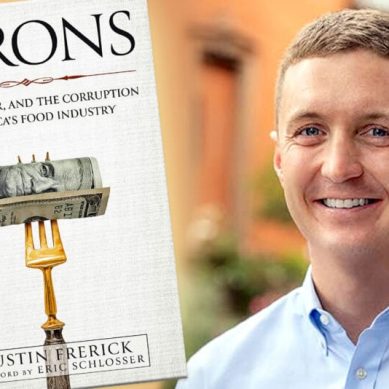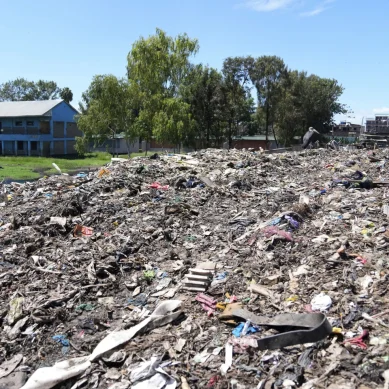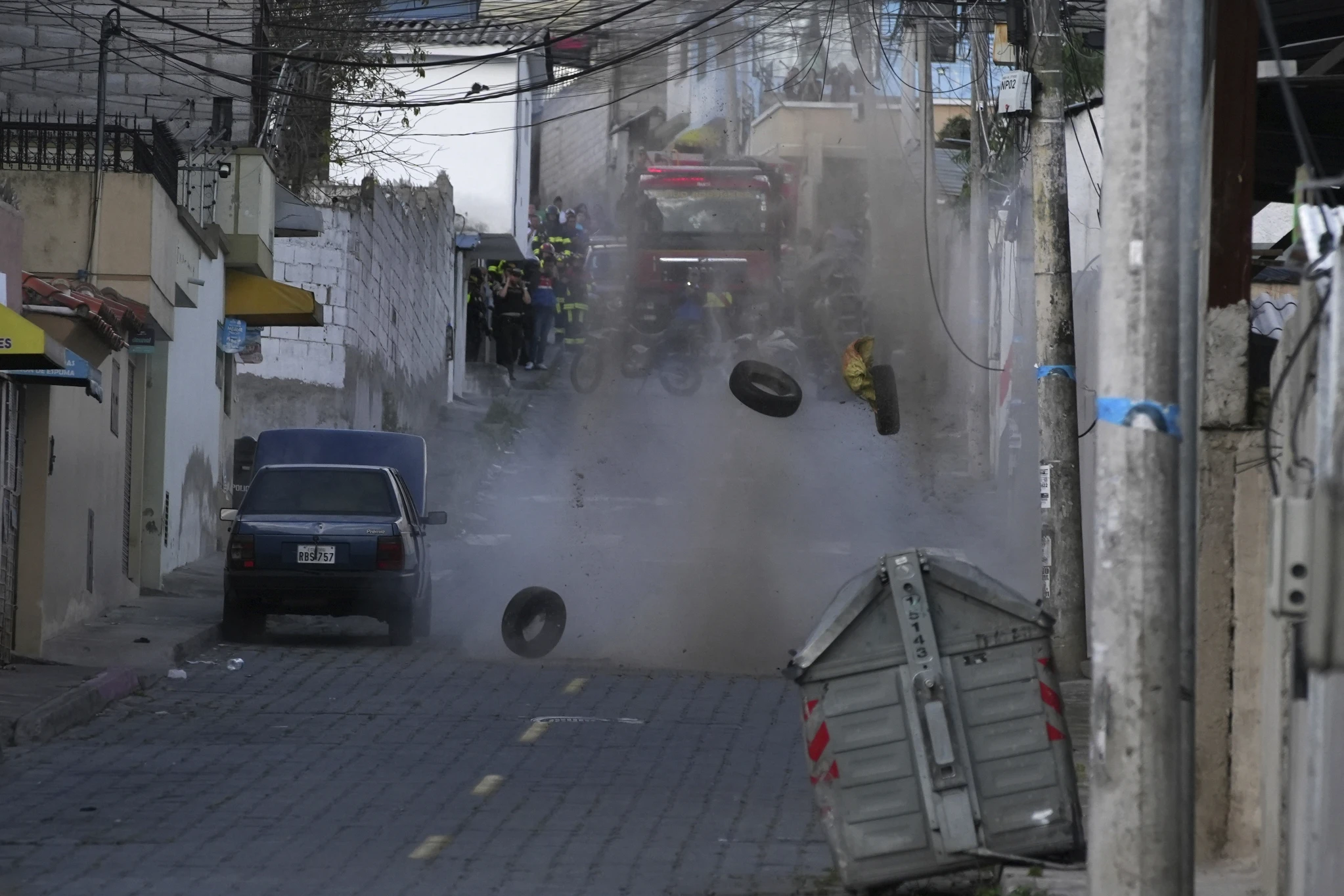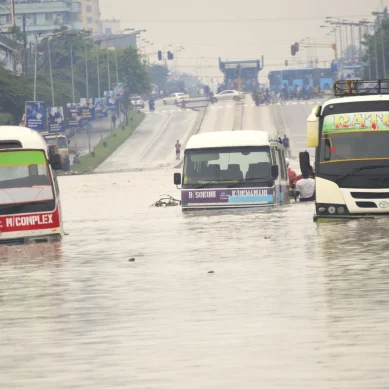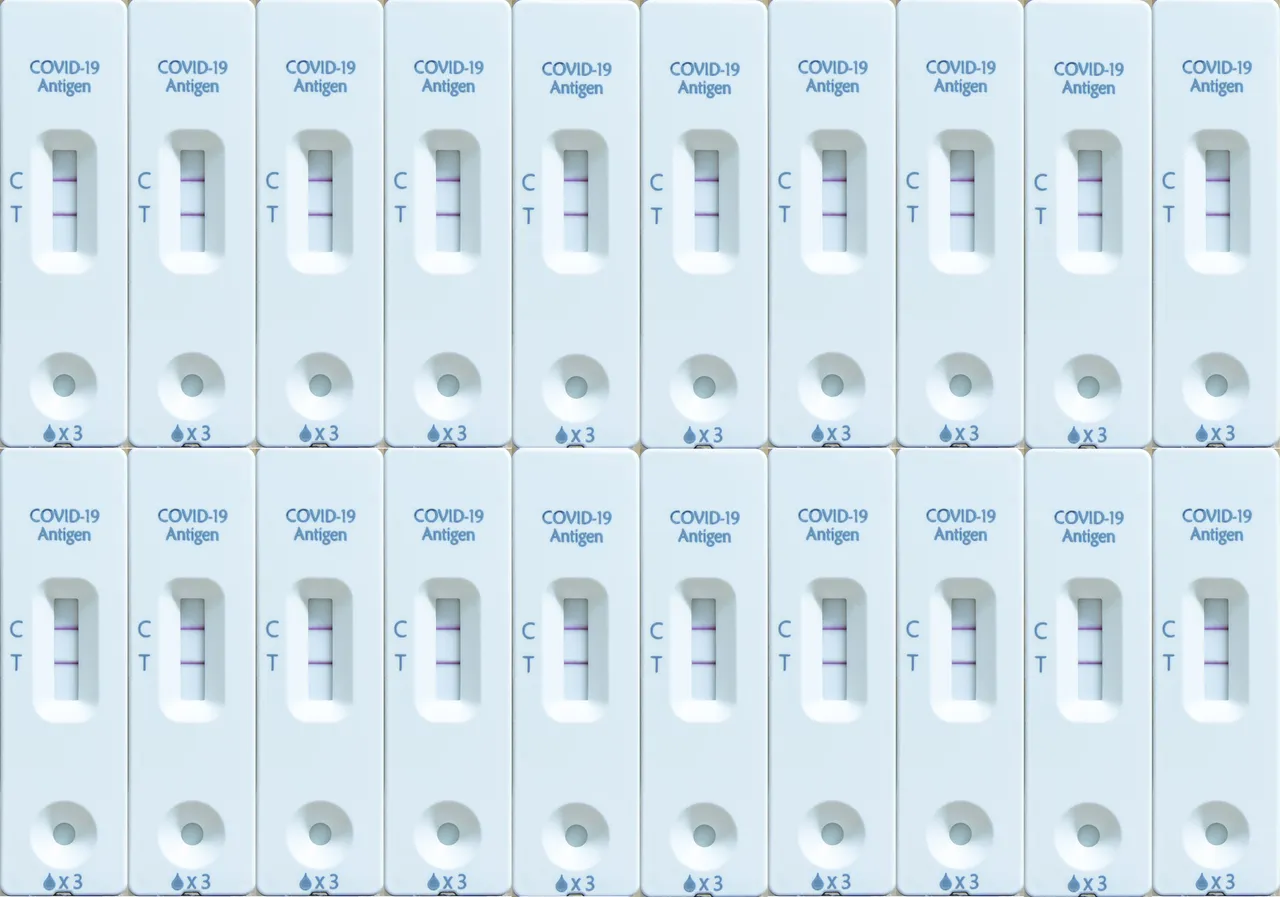
Seemingly everyone has come down with at least one bout of illness this winter: sniffles that theoretically pass as “just some bug” if you don’t test for Covid.
But there’s a solid chance, with or without a test, that those sniffles were Covid after all. We’re in the midst of the largest global surge in daily Covid infections since Omicron, with nearly two million new infections per day estimated in the US alone. Odds are, you barely noticed.
The massive rise in cases is being driven by coronavirus variant JN.1, which emerged in September last year and quickly became the dominant strain. But hospitalisation rates are generally lower than they were this time last year (90 admissions per million people in the US, roughly 65 per cent the size of last year’s spike). “It’s really encouraging that we don’t have a big parallel spike of hospitalizations,” says Eric Topol, professor of molecular medicine at the Scripps Research Translational Institute.
But infection rates haven’t peaked yet, and we can expect hospitalisations and deaths to rise over the next few weeks. “That’s really troubling for a variant that’s rapidly taking over,” says Mark Cameron, an infectious disease researcher at Case Western Reserve University School of Medicine – and especially worrying during the winter flu season.
These numbers are rough estimates. Accurately tracking Covid infections is trickier than ever, which is partly why the current wave has gone under the radar. Testing and tracing infrastructure has been all but dismantled in the US, so researchers have turned to our sewage as a proxy. Wastewater surveillance data is collected locally from regions accounting for roughly 40 per cent of the US population. This paints a decent picture of Covid trends, but without the CDC tracking cases and deaths like they used to, it’s hard to tell what’s going on. “Rosier numbers don’t necessarily reflect a better season than last year,” Cameron says.
The timing couldn’t have been worse. With RSV and flu already making their seasonal rounds, lots of Covid infections will arrive right on the heels of another virus. On December 14, the CDC posted its first Covid-related health alert in a year, urging healthcare providers to administer flu, Covid and RSV vaccines to prevent severe illness that could overburden hospitals. Some health care facilities are bringing back mask requirements in light of the respiratory triple-whammy.
“If you pick up the flu, get RSV two weeks later, and then are unlucky enough to get Covid, your immune system takes a beating,” Cameron says. “Secondary infections with different agents make health outcomes worse and worse.”
We’ve been living with these circulating seasonal respiratory viruses for decades, and they’ve only changed slightly. But Covid is still evolving rapidly, and is capable of causing trouble beyond cold and flu season—twice a year, but not yet predictably. Despite getting circumstantially lumped in with other winter viruses, JN.1 is driving major waves in both hemispheres, including southern regions in the middle of summer. “Covid is on its own schedule,” says Cameron.
Since 2021, all dominant Covid variants have descended from Omicron. The 2023–2024 booster was tailored for the XBB.1.5 strain of Omicron, but JN.1 is about as different from XBB.1.5 as Omicron was from Delta. Even so, researchers from China and the US have posted preliminary analyses suggesting that the newest vaccines still effectively defend against JN.1.
That is, if people keep up with their vaccinations – and most haven’t. Over 80 per cent of people in the US have not yet received the updated 2023-2024 booster shot, the CDC reported last week. For young, otherwise healthy people, the risk of getting seriously sick is very low. In the absence of widespread public health messaging or up-to-date vaccine requirements, most low-risk Americans ignored the latest booster rollout.
In the UK, people with lower risk levels aren’t eligible for the winter 2023 vaccine at all (and the window for eligible folks to get their jab closes at the end of January).
The problem, Topol says, “is that young, healthy people interact with at-risk people, and they don’t have enough respect for that.”
Cameron Wolfe, professor of infectious disease at Duke University, says that staying up-to-date on vaccinations is the best way to protect your community, regardless of personal risk level. “If you’re 75 and have a kidney transplant, or your spouse is going through chemotherapy, that little extra piece of boosted Covid immunity makes all the difference.”
The 2023-2024 booster is not as miraculous as the first 2021 vaccines, but it’s still about as good as we generally expect flu shots to be. While it doesn’t perfectly defend against infection (and protection doesn’t seem to extend much beyond 6 months), a recent meta-analysis found promising evidence that the shot may cut the risk of contracting long Covid by about 70 per cent.
“I’ll take going from a serious lower respiratory pneumonia-like infection to a mild snotty nose,” Wolfe says. “That’s a victory for the vaccine.”
Trudging into the fifth year of the pandemic, we should know the drill: Check out your own individual levels of protection and exposure, be mindful of your community, and act accordingly.
“I think we’ve got a good few weeks left. It’ll be a busy January,” says Wolfe. If you have a big wedding or vacation coming up – anything you don’t want to be sick for – he strongly suggests planning your vaccinations, masking and testing beforehand. “At least get the vaccines. At the very least, have a strong immunity to the worst respiratory illnesses,” Cameron says.
Extra precaution certainly doesn’t hurt (and for high-risk folks, it remains crucial), but so far, JN.1 doesn’t appear to be causing more severe outcomes than previous variants. “We’re in a better place than we were four years ago, on both an individual and a societal level,” says Wolfe. “We’ve sort of forgotten about how socially immobile we had become.”
Now, he says, Covid severity has settled down to a level that is, for many people, broadly comparable to RSV and the flu. “It’s just extraordinarily different than what we faced a couple of years ago,” Wolfe says. “And that is a win.”
- A Wired report
